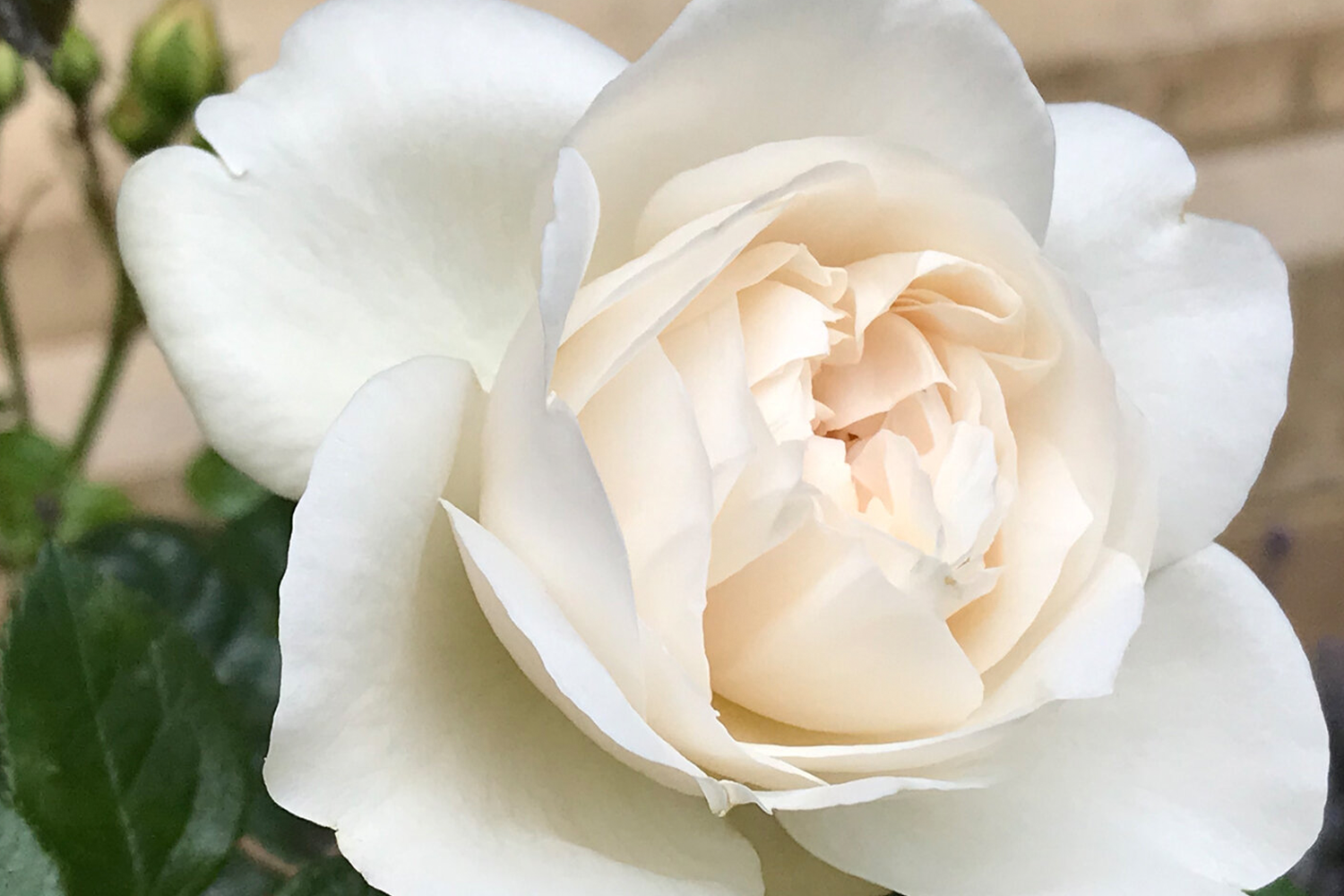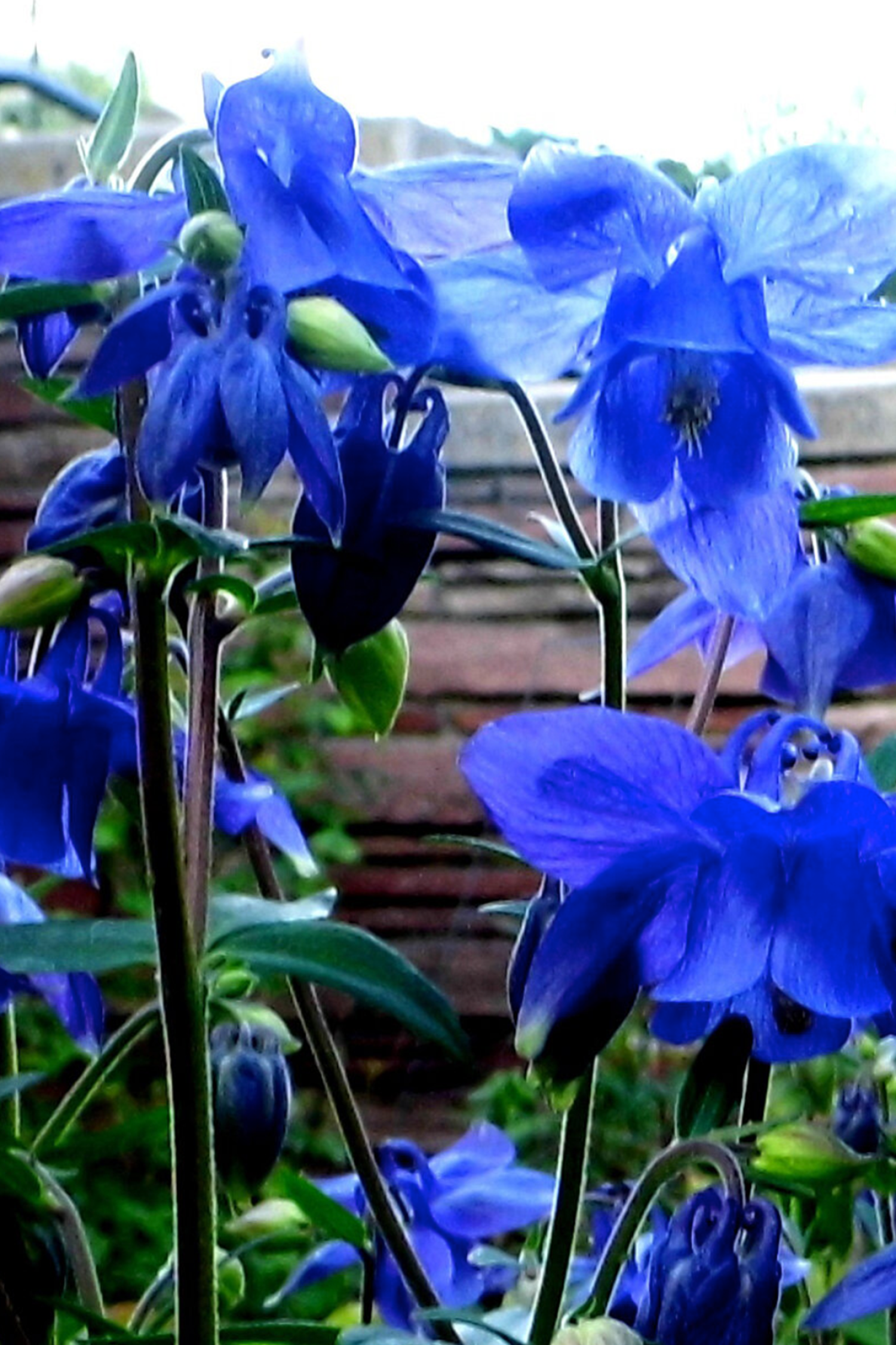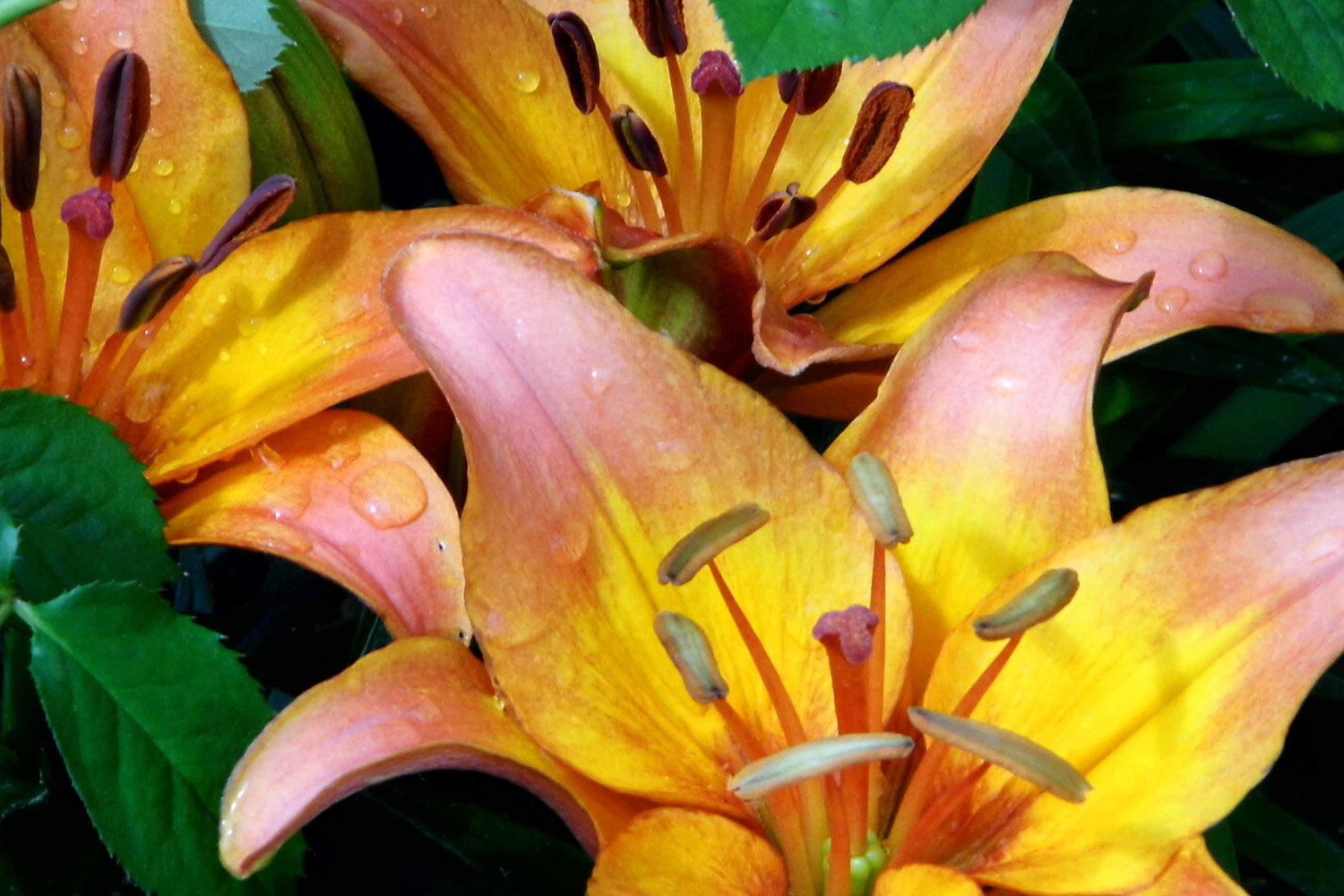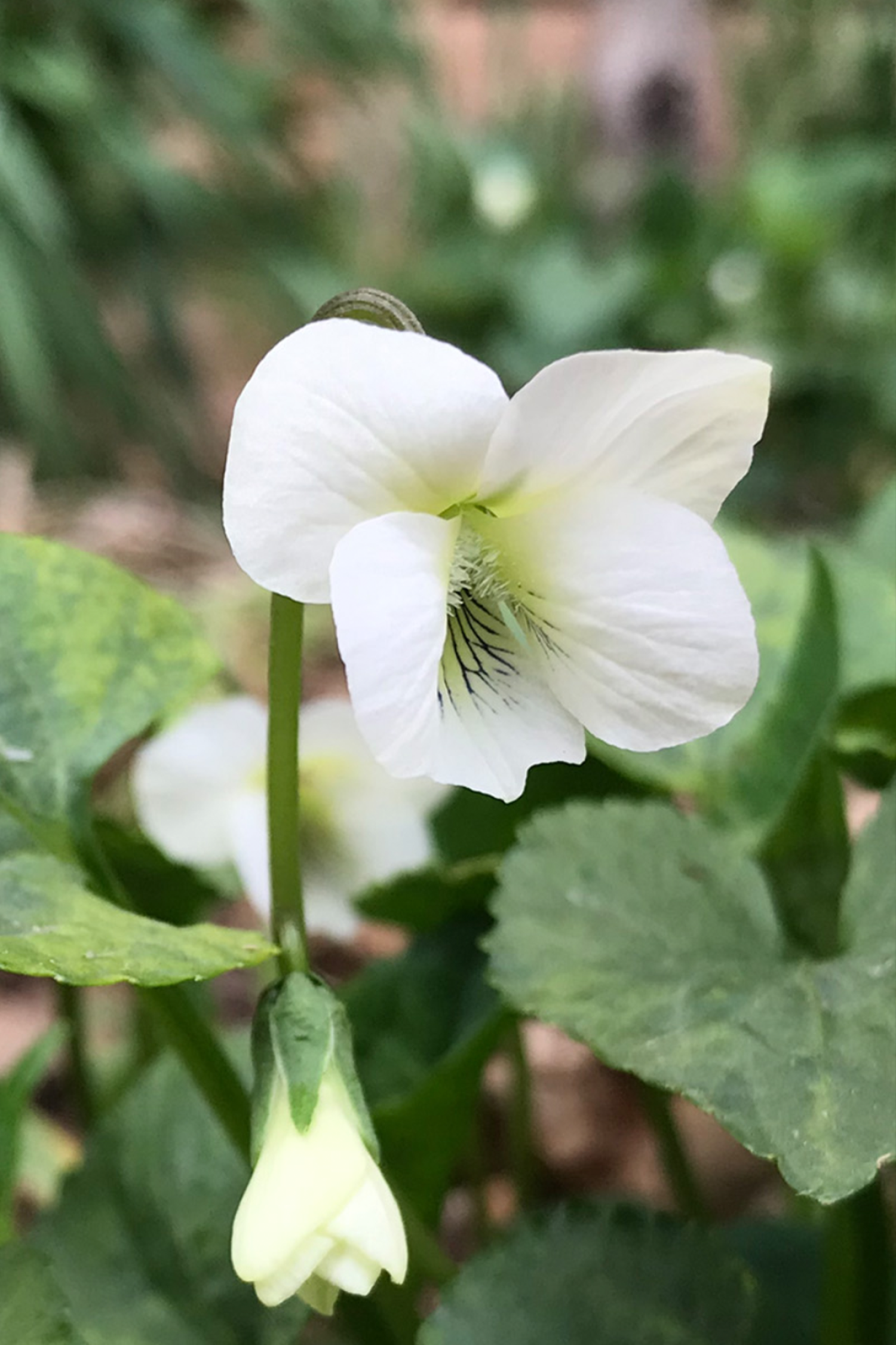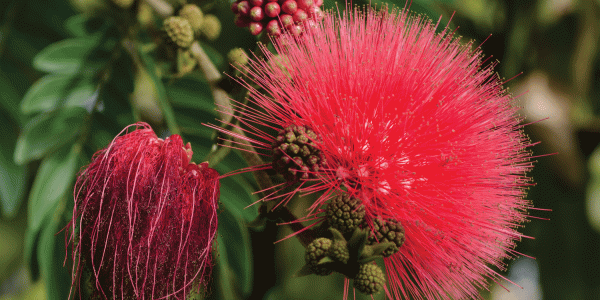Plants were important to Shakespeare. From love potions in A Midsummer Night’s Dream to Ophelia’s symbolic bouquet of rosemary, pansies, fennel, rue and daisies in Hamlet, plants appear in the storylines of many of the Bard’s greatest works.
At CU Boulder, the Colorado Shakespeare Gardens serve as a tranquil, historic lesson on plants prevalent in Shakespeare’s time. Founded by Marlene Cowdery in 1991 and now a donation-based program within the Colorado Shakespeare Festival, the gardens are maintained by nearly 20 members — including master gardeners, teachers and CU alumni. On Saturdays from spring to fall, members can be seen gardening in the courtyard between the Hellems Arts and Sciences Building and the Lucile Berkeley Buchanan Building.
New members and volunteers are welcome. Anyone interested can email carolmellinger@gmail.com.
Take a virtual tour of the gardens.
Photos courtesy Colorado Shakespeare Gardens



